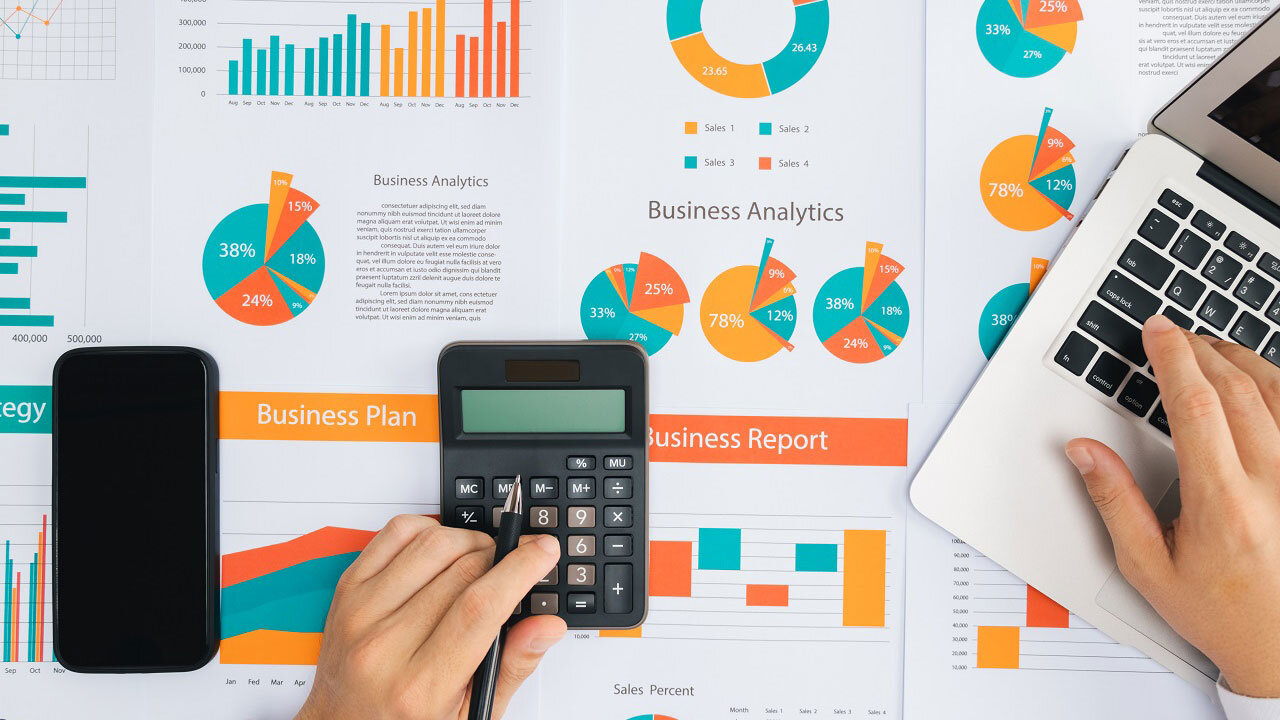The Beginner’s Guide to Understanding Social Media Analytics

Using social media is a great way to market your brand, but how do you know how well your marketing is performing? Most platforms now have in-house analytics, which gives businesses insight on impressions, engagement rates, and more. But what does this all mean?
1. Awareness Metrics

IMPRESSIONS AND REACH
Increasing impressions and reach on social media is crucial. It’s where most businesses start, as it alerts you whether your content is being seen. Impressions refer to how often your content is displayed, while reach refers to how many users have viewed your content.
These are great metrics to track when your objective is to generate more brand awareness.
CLICK-THROUGH RATE
Click-through rate (CTR) refers to the number of clicks your content received divided by the number of times your content is shown. CTR is a good indicator of how engaging your content is—people are more likely to click on captivating images and copy.
2. Consideration Metrics
 ENGAGEMENT AND ENGAGEMENT RATE
ENGAGEMENT AND ENGAGEMENT RATE
Engagements are a category of metrics to see how often others are interacting with your content—they include likes, reactions, comments, clicks, and shares. Engagement rate refers to the number of engagements your content received divided by the total number of followers, multiplied by 100 to get a percentage.
When assessing your social media analytics, how is your audience reacting? Identify what kind of content generates the most engagement and performs the best. This is the type of content you should continue to create as it shows it resonates with your audience. When your content resonates with your audience, this generally means you are targeting the right segments. Engaging with your audience helps you get to know your audience better, and in return, they’ll become more familiar with your brand.
Engagement rate is often seen as the prime metric marketers use to determine how well the campaign is performing. While impressions and reach are important, most marketers value higher engagement.
TRAFFIC
Traffic refers to the number of visitors who have visited your website or social profile. This is generally measured through pageviews and unique page views. Pageviews refer to the number of times people have visited a page on your website, while unique pageviews refers to the number of pages the same visitor has viewed during their session.
Additionally, you can also see a basic breakdown of your visitors’ demographics. Compare these with the demographics of your target audience. Every campaign should be catered. For instance, if you are selling winter gear, you want to promote content to people in countries that experience chilly weather conditions.
3. Conversion Metrics
 CONVERSION RATE
CONVERSION RATE
Conversion rate refers to the ratio of visitors who complete a desired goal divided by the total number of visitors. For instance, the objective of a social post is to encourage visitors to subscribe to your email newsletter. Fifty users have seen the post, and five users subscribe—therefore, the conversion rate is 10%.
Conversion rate is an important metric as it determines how effective your social content is in driving your objectives. Successful social media campaigns help move your leads and followers down the customer journey map.
Final Thoughts
Now that you have a basic understanding of these metrics, consider which business objective you want to drive. These will also form the base of your social strategy. When you’re first starting, it’s normal to have varying data. Be patient and consistent with tracking your social metrics! If you need more guidance, don’t worry! At Kika, we work with you to manage your social accounts and ensure you achieve your business goals. Contact us for a free consultation.




